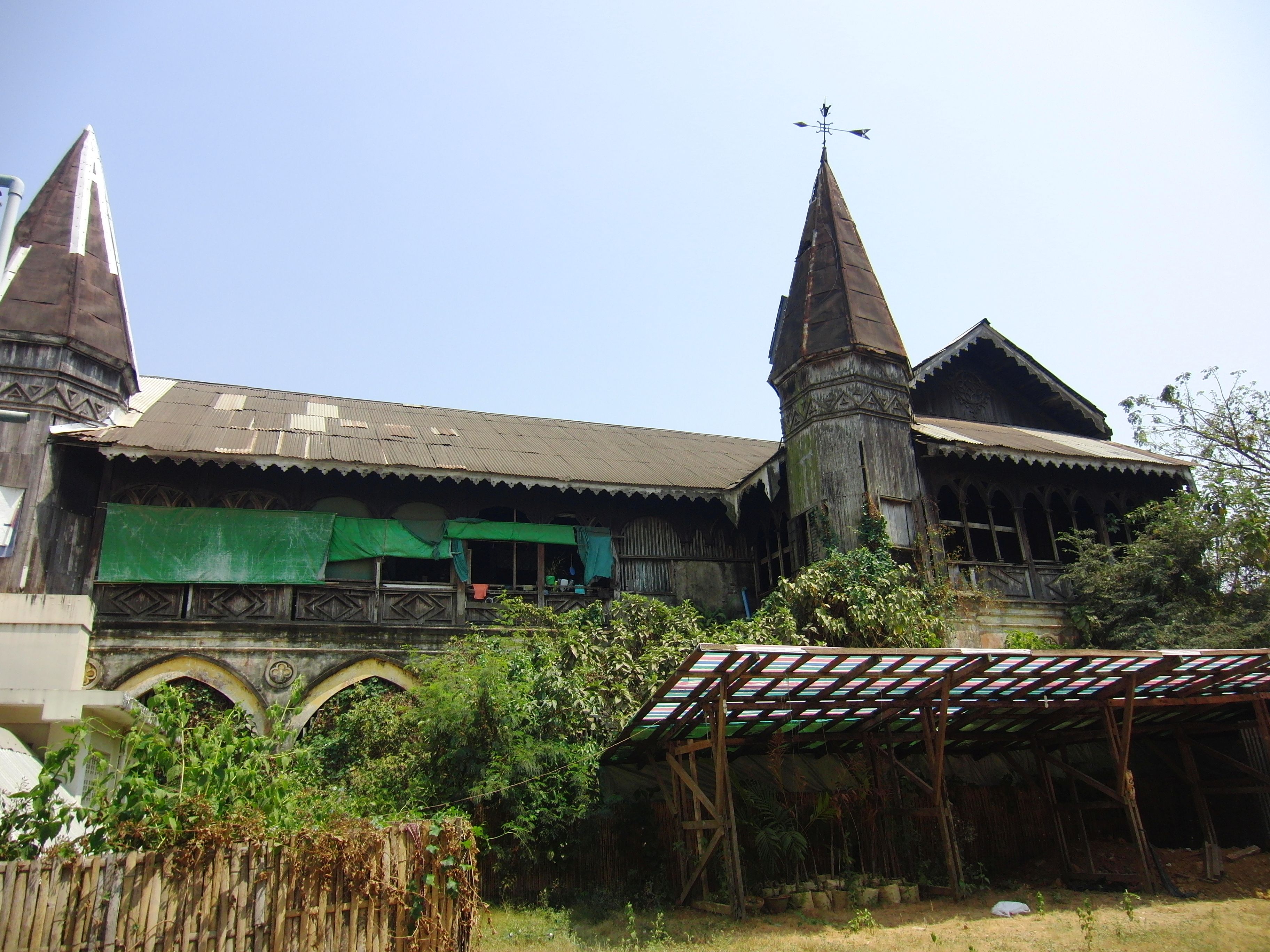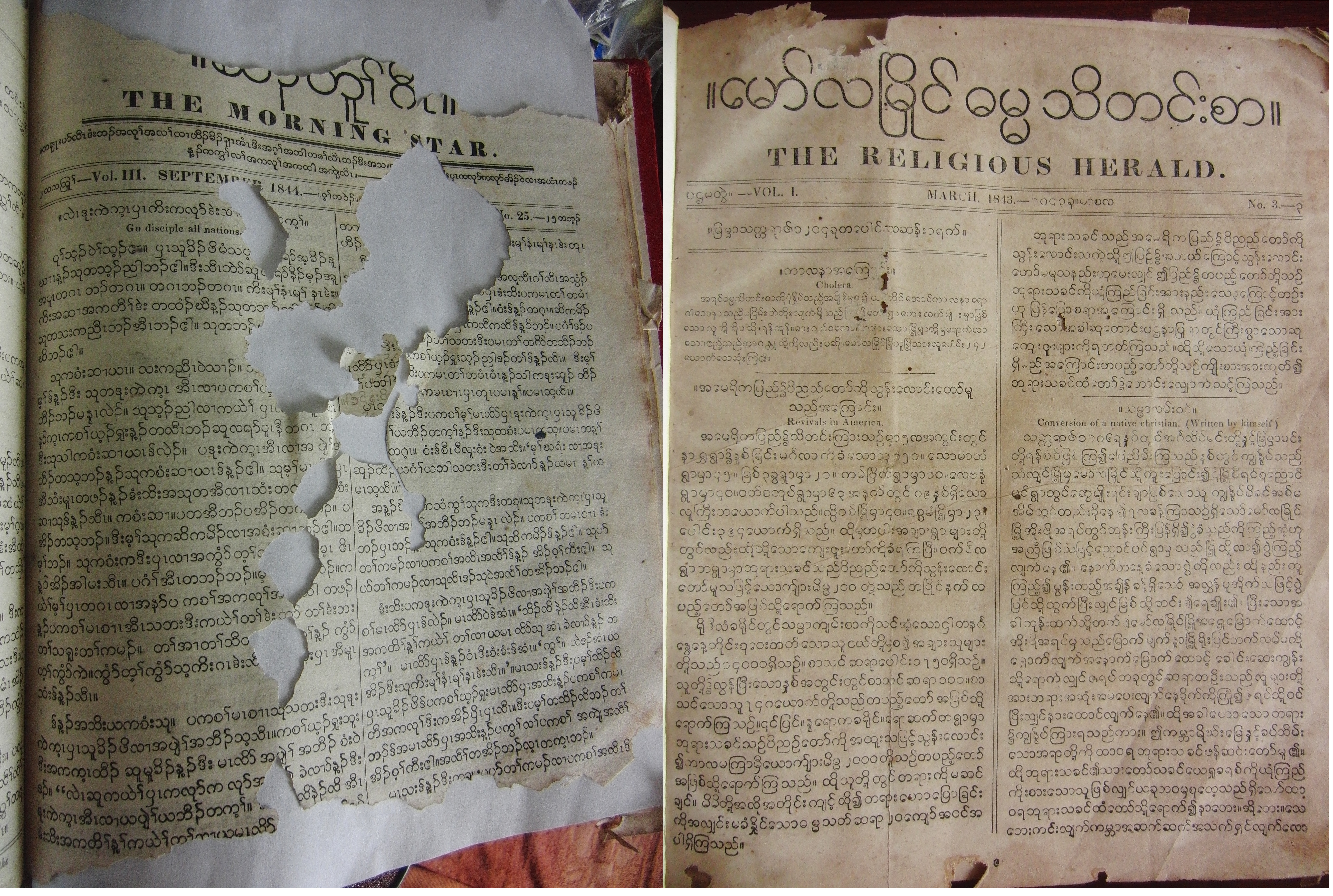- Project Leader : Fujimura Hitomi (Sophia University, Graduate School of Global Studies)
Outline of Research
This study aims to present the contents of the newspapers that were published locally in early British Burma in detail and analyze them. A specific focus is on the newspapers written in English, Burmese, and Karen. This study illustrates what kind of information was shared from what perspectives, elucidating the socio-economic conditions in those days. Finally, it will be argued that a series of events in the publishing of local newspapers in the 1830s and 40s can be regarded as a pioneering form in Burma at that time that opened a “sphere of interaction” with modern knowledge and scientific technology that were developing in the West.
Description
The main aim of this study is to illustrate in detail the contents of the first printed media published in British Burma. There are three different kinds of newspapers, all of which are still existent and were founded within the 1830s and 40s. They are, namely, 1) an English newspaper; the Moulmein Chronicle (established in 1836), 2) a Burmese monthly newspaper by the Baptist mission; Molamyain Dhama Dhadinza (The Religious Herald) (established in 1842), and 3) another Baptist missionary periodical in Sgaw Karen; Hsa Tu Gaw (The Morning Star) (established in 1842).
Firstly, the newspapers will be closely examined to elucidate the socioeconomic situation of the early colonial period of Burma. Then, it will be argued that through the publishing of such local newspapers, Western modern knowledge and values were ‘translated’ into vernacular languages and that such locally-published newspapers played a key role as media to transmit such ‘new’ knowledge and values. Therefore, the publication of local newspapers in the 1830s and 40s is an important historical event that marked the early phase of the transmission of values, thoughts, and scientific knowledge between Burma and the West.
One important contribution to the previous research is to shed a light upon the value of historical documents. Although the three newspapers were the first printed media published in Burma, which means they are very rare historical materials, they have not been academically fully examined. Furthermore, this study utilizes not only English and Burmese primary sources, but also a newspaper written in the Sgaw Karen language, one of the ethnic minority languages in Burma. This is another major contribution of this study, since there are few scholars who can conduct historical research with documents in Sgaw Karen. By showing a holistic picture of the circumstances concerning these rare primary source materials, this study is expected to enhance discussions of Burmese history and society in the nineteenth century.
Most of the previous research on colonial Burma concerns the period after the whole Burmese territory was annexed under British rule in 1886. Little research examines British Burma in the early or middle nineteenth century; this study will fill that gap. Moreover, print media played a critical role in Burma throughout the nineteenth and twentieth centuries, providing an arena of speech, especially when Burmese nationalism was rising to its peak in the twentieth century. The publishing of the first print media in the 1830s and 40s marked the very early stage of forming ‘a sphere of interaction’ with Western modernity. The analysis of this study will enable us to gain insights into the various roles of the print media in later periods of history as well.


